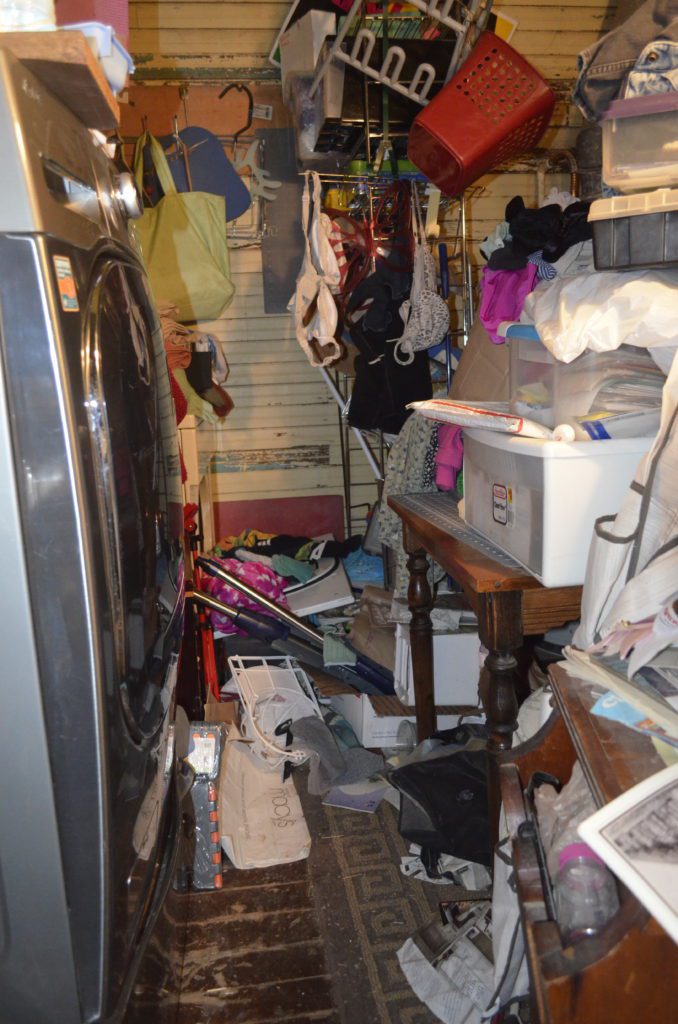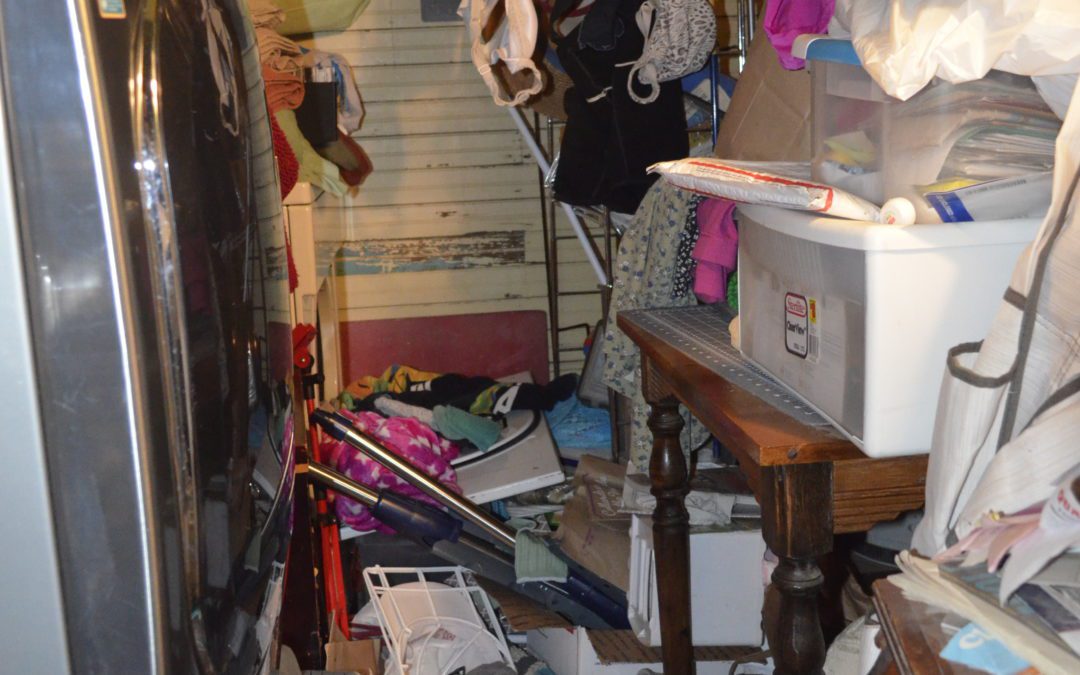Relatively speaking…….
On October 12, 2018, I will attend the Annual State Conference of NASW-TX where I will present on Trauma Informed Treatment of Hoarding. Although, lots of really good research and treatment rests in cognitive based theories, I have wondered how much attachment style contributes to the symptomalogy of hoarding. The answer lies in the research performed at the University of Manitoba in Winnipeg, Canada in 2013.
In her report, Kimberly J. Nozick shares her findings that suggest we begin viewing hoarding as an attachment disorder due to the positive associations among the anxious and avoidant attachment style and hoarding symptomalogy. So yes, there is a relationship! This impressive piece of research brings into the treatment plan, an opportunity to use interpersonal therapy. This probably seems obvious to many practitioners. But as we begin to address the needs of the family and community, it helps us to highlight how much our relational patterns drive our adaptation. We know that maladaptive behaviors can develop when our basic needs of safety and security are not met at significant times of our development and for extended amounts of time. Hoarding seems to be a maladaptive solution to seeking secure attachment. Social workers bring with them an understanding of the person in their environment, so beyond psychology foundations, we can promote healthy people and communities. How? We provide awareness through presentations, like the kind I give every month. Click here.
I have been seeing individuals for a little over 18 months that are struggling with hoarding or hoarding like symptoms. After receiving specialized training through IOCDFÂ for OCD, and having read the work of Randy Frost and Gail Steketee, I am now expanding the treatment model to include Interpersonal Therapy methods. I also bring in my knowledge from Somatic Experiencing to address any trauma most likely directly related to the non-secure attachment style.

Inside the home of a client.


Recent Comments